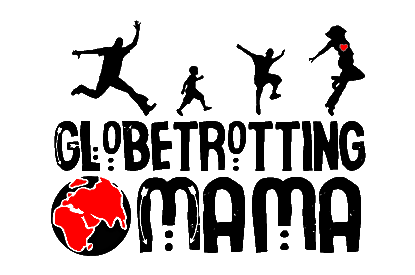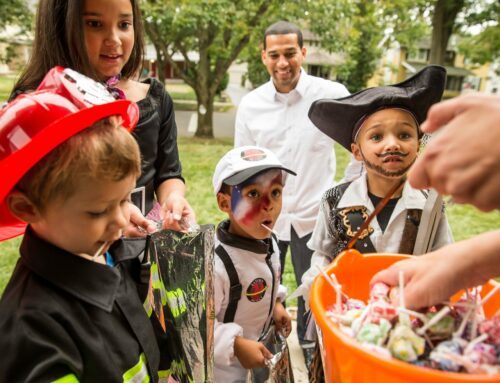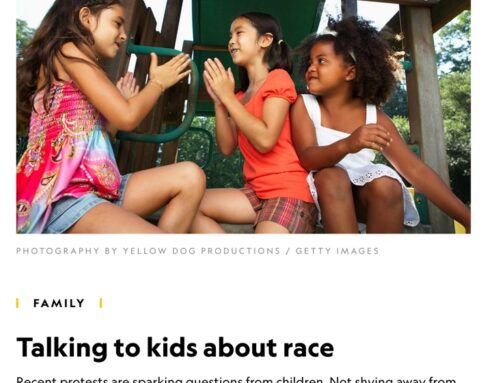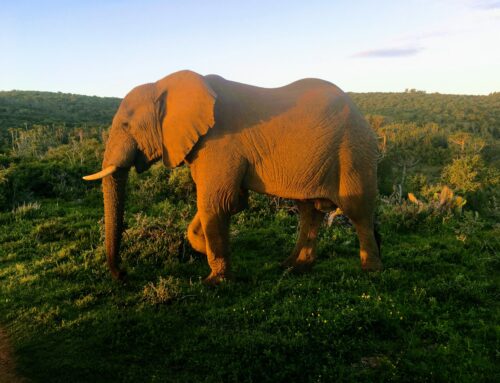One of the things that thrilled me as a kid was finding something – anything – with my name on it. Those keychains, fake licence plates and lollipops always made me feel like I belonged.
What I yearned for, but never really found, was the same thing in the books I was reading.
My parents did their best to provide me with samples where they found them, but for the most part the protagonists in my stories didn’t share my Canadian experience and almost never shared my skin colour.
It is one of the reasons, we tried to find books for our kids that had a little of each. And it’s why my latest assignment had me so excited.
I spent the last few days soaking up just a handful of the books that are out there now, and man, are our kids spoiled for options!
You don’t have to look like the character in the book to appreciate the diversity in there. In presenting a book to your child with diverse characters you’re showing them what the world really looks like and offering them alternatives to unintended biases that you may be passing along without even knowing it.
Books offer an opportunity for conversations. (I know my Judy Blume collection certainly did. ) And with all that is currently happening in the world, more conversation between parents and their kids is a good thing.
Plus, as a traveller, I love that these books range from showing kids the world close to home and opening them up to the possibility of bigger adventures…even if they can’t get there just yet.
I hope you enjoy these and will send me some of your favourite titles. You can never have too many books, right?
I’ve added some suggested age ranges have been put in place but pop over to the linked books online, take a look and make a decision based on the child you’re purchasing for.
Diverse books are important because it normalizes other cultures: A Likkle Miss Lou

Age: 6- 10 (but generally anyone who loves a lilting rhyme)
Torontonians have adopted a lot of Jamaican slang into their everyday vernacular and this book by Nadia Hohn gives some background to one of the poets who brought Jamaican patois to the mainstream. Louise “Miss Lou” Bennett Coverley’s rhythmic prose was a popular read in my house growing up and I even had the chance to hear her recite her work in concert. But Hohn’s book, accompanied by illustrations from Eugenie Fernandes, made her even more relatable. Any kid who has struggled from stage fright, been unsure of sharing their thoughts with a class or kept a journal filled with poems or stories will relate to Likkle Miss Lou.
Diverse books are important because even when not centered they exist: I am small
Ages: 5- 8
Every kid will relate to Mimi’s feelings of being the smallest one in her family. And thanks to the diverse illustrations, they’ll also relate to the world around her which is filled with people of all colours, shapes and sizes. Toronto author, designer and illustrator Qin Leng has been nominated for several awards including the Governor General’s Literary Award.
Diverse books are available for your baby: Antiracist baby

Ages: 0 – 2
Dr. Ibrahm X. Kendi’s latest offering takes his teachings from How to be an anti-racist and turns them into digestible nuggets for the baby in your life. He argues that by introducing the concepts early, you’re setting the stage for raising an anti-racist child.
Diverse books are important because heroes wear hijabs: The Proudest Blue

Ages: 6 – 13
Co-written by Olympic Fencing Medalist Ibtihaj Muhammad, The Proudest Blue is a celebration of the coming-of-age of a young Muslim girl and the pride she and her sister take in her wearing a hijab. For non-Muslim kids its a glimpse into what it would feel like to be other-ed on the playground and could lead to fantastic discussions about kindness, empathy and pride. The beautiful illustrations and infectious adoration of the main characters younger sister is relatable. “I wanted to tell this story so that children who look like me could see themselves in a picture book..” writes Muhammed,” a story of family, love and faith.”
Diverse books are important because dad and daughter hair struggles are real: Hair Love
Ages: 3- 12
This book my Matthew A Cherry was made into an academy-award winning short. But the book with its illustrations by Vashti Harrison is stunning too. In a world where Black haircare is often left out of the pages of beauty magazines, the book is a celebration of the kinks, curls and coils that make it beautiful. And the determination of Zuzu’s dad to get it right is fuelled by the universal love of a dad for his little girl.
Diverse books are important because the world is made up of all kinds of people: All are Welcome

Ages: 0 – 9
This is another book where the singsong words are fun to read but its the visuals that will give you plenty to talk about. Kids in the school at the centre of the book wear hijabs, move in wheelchairs, are a rainbow of colours and shapes and sizes. And their differences are celebrated. A snippet: “No matter how you start your day/What you wear when you play/ Or if you come from far away/All are welcome here.”
Diverse books are important because kids notice skin colour as early as age 2: Sulwe
Ages: 4 – 12
The young protagonist in this book by actor Lupita Nyongo has skin
“the colour of midnight.” She goes from yearning to look lighter to accepting and celebrating her skin. It’s a beautiful book that introduces the issues around colourism and acceptance for young readers.
Diverse books are important because teens want to see themselves too: Ghost

Ages: tween/teen
Ghost is the first in a four-book series about teens vying for the Junior Olympics. In this book the main character has to battle the demons from an abusive past alongside his own present-day mistakes to literally run towards his future. The book was a National Book Award Finalist and is perfect for teens.
Diverse books are important because First Nations’ heroes are Canadian heroes: Go Show The World
Ages: 4 – 12 ( and all of us who need to know more)
This beautiful book by Wab Kinew uses rhyme and beautiful art to tell the stories of Indigenous Heroes including Olympic gold medalist Jim Thorpe, NHL goalie Carey Price, Olympic water polo captain and Oka crisis survivor Waneek Horn-Miller. It’s a reminder that Canadian history should include non-white voices.
And so many more…
I’ll keep adding to this list as they come in, but be sure to share your favourite finds in the comments so we can all work a little more diversity into our literature.





Leave A Comment